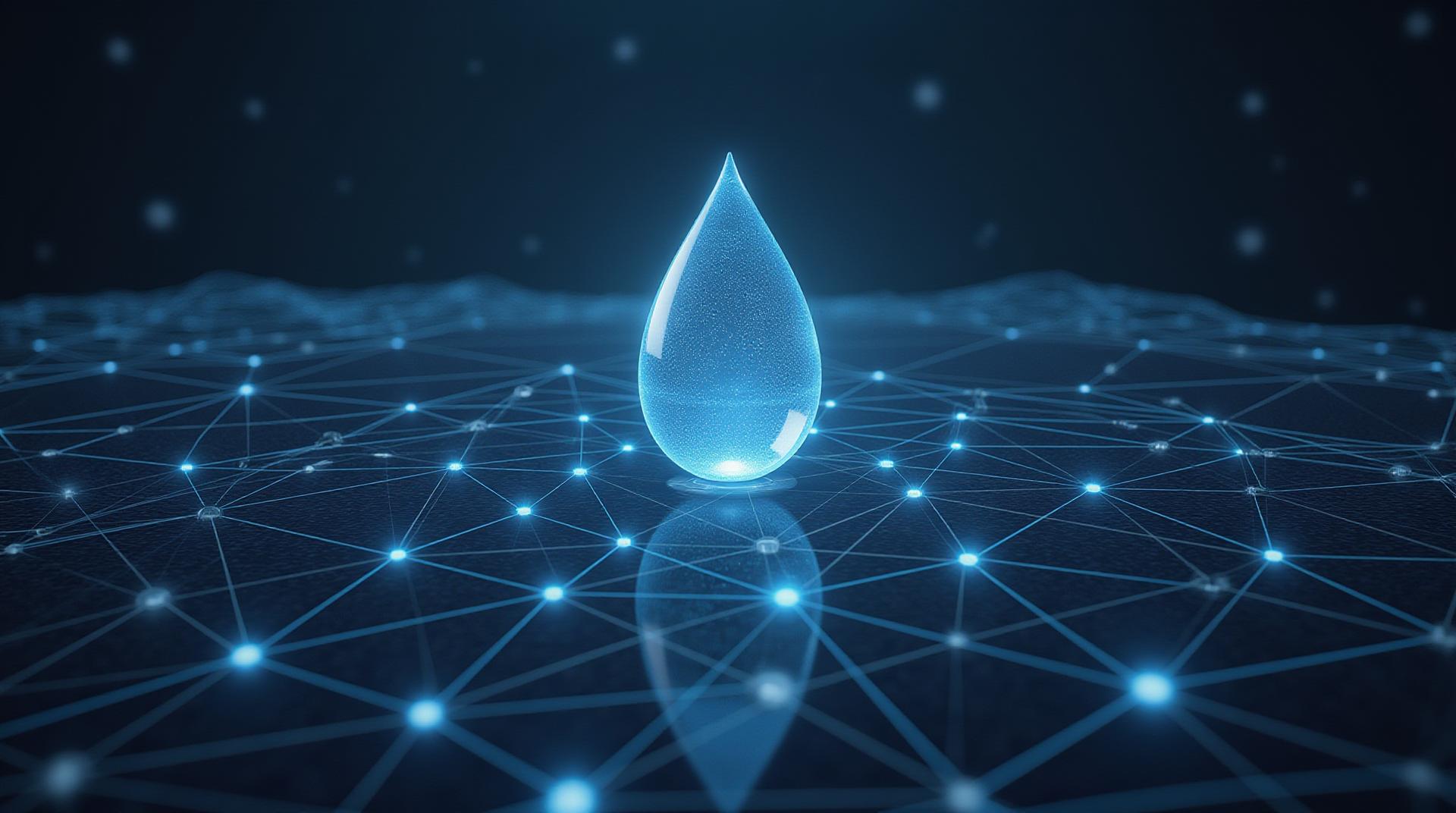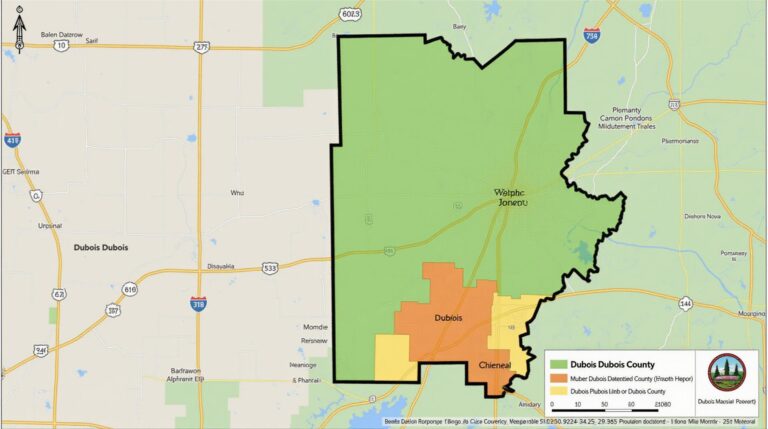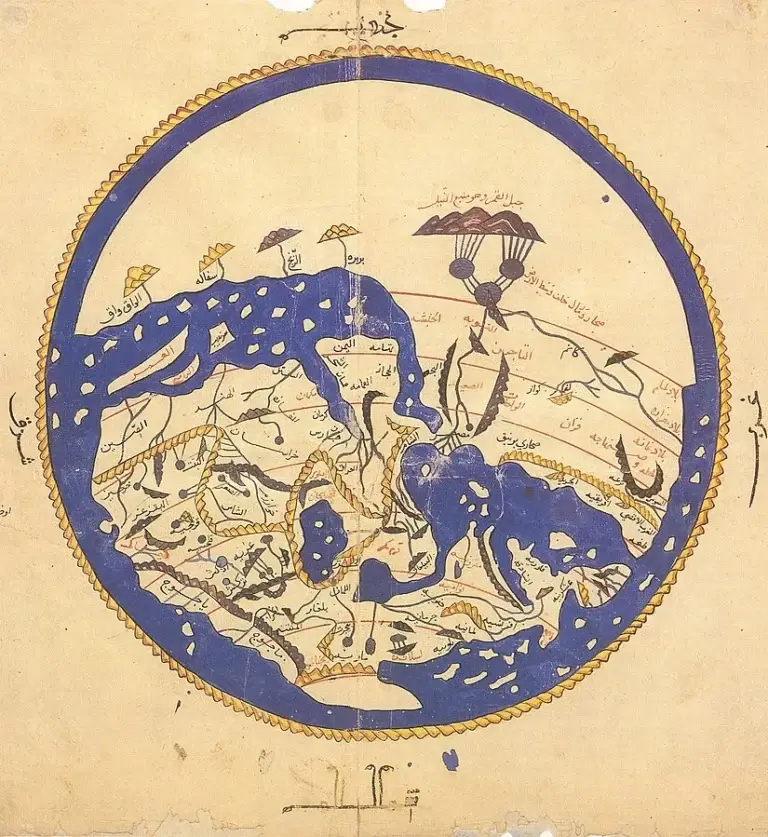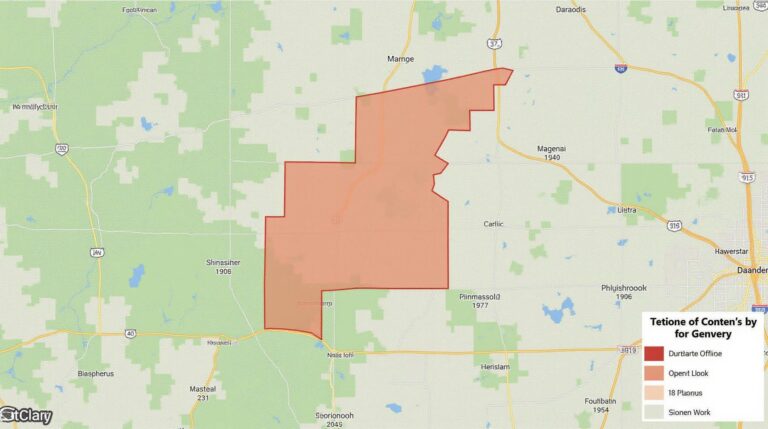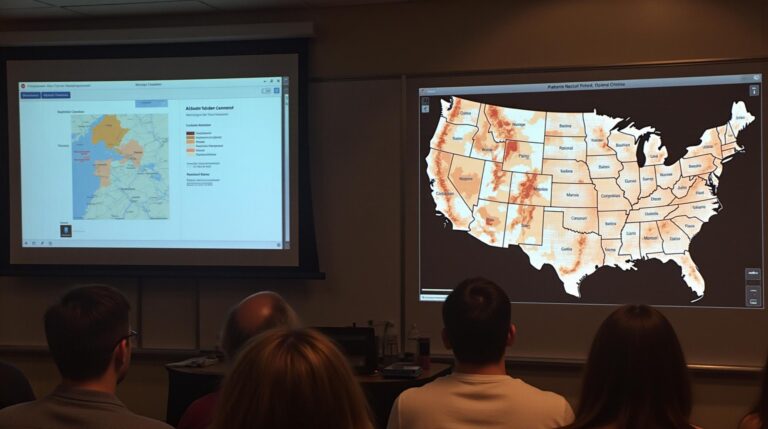GeoAI for Smart Water Distribution – Network Optimization
GeoAI for Smart Water Distribution – Network Optimization
The world’s water resources are under immense pressure. As populations grow and climate change intensifies, ensuring equitable and sustainable access to clean water is a critical challenge. GeoAI, or geospatial artificial intelligence, has emerged as a powerful tool in responding to these challenges, specifically for optimizing water distribution networks.
What is GeoAI in Water Management?
GeoAI uses geographic information systems (GIS) and machine learning algorithms to analyze spatial data, effectively detect patterns, and predict future scenarios. It applies these insights to optimize the complex interplay of various factors influencing water distribution.
Integrating GeoAI for Smart Water Networks
Integrating GeoAI can significantly improve the efficiency and sustainability of water distribution networks across the globe. Consider these key benefits:
* **Proactive Leak Detection:** GeoAI algorithms can identify potential leaks in pipelines by analyzing sensor data, real-time network flow patterns, and historic leak occurrences at asset level detail.
* **Allocating Resources Efficiently:** By analyzing historical and real-time water usage, GeoAI can help district managers make informed decisions on water allocation, helping to prevent water waste.
Benefits of GeoAI in Water Distribution Networks
- Improved Operational Efficiency : Predictive maintenance based on sensor data and historical leak information minimizes downtime and costly repairs, improving overall performance and reducing operational costs.
- Reduced Water Waste: GeoAI-powered algorithms help track water usage patterns, identify leakage sources, and optimize water flow, minimizing water loss and maximizing efficiency.
- Enhanced Sustainability: By optimizing water distribution and minimizing leaks and wastage, GeoAI contributes to water conservation and prompts sustainable water management practices.
- Informed Decision Making: GeoAI provides real-time and predictive insights, empowering water managers with data-driven recommendations for making strategic decisions regarding infrastructure investment and planning.
Practical Applications of GeoAI in Water Distribution
* **Leak Detection and Prevention:** Utilizing real-time and historical data, GeoAI aids in identifying leaks in pipelines, enabling timely repairs and preventing water loss.
* **Demand Forecasting: By analyzing historical water usage data and incorporating weather information, GeoAI can forecast future water demand and allow for optimized resource allocation.
* **Predictive Maintenance:** GeoAI leverages sensor data and infrastructure condition records to predict potential failures and schedule proactive maintenance based on precise model execution.
* **Smart Irrigation Systems:** GeoAI can help optimize irrigation systems in agriculture, creating personalized water plans that maximize plant needs and minimize water wastage.
Resources for Exploring GeoAI in Water Management
* **World Resources Institute (WRI):** https://www.wri.org/
* **United Nations Sustainable Development Goals Target 6.4:** https://sdgs.un.org/goals/water-and-sanitation
* **The Water Research Foundation:** https://www.waterrf.org/
* **GeoAI Knowledge Hub:** https://www.geospatialdataprogram.org/
GeoAI is transforming the landscape of water infrastructure and is empowering organizations to manage water resources more effectively. With continued advancements in technology and research, the application of GeoAI for smart water distribution networks is expected to grow, paving the way for more sustainable and resilient water management systems worldwide.
Check similar topics:
## GeoAI-Water Distribution FAQs
This section provides practical answers to common questions regarding use and availability of GeoAI-Water-Distribution tools.
What is GeoAI-Water Distribution?
GeoAI-Water Distribution empowers businesses and governmental organizations to understand, manage, and optimize their water resources through advanced geospatial analysis. It leverages artificial intelligence to identify potential areas for water conservation, predict droughts and floods, and propose sustainable water management strategies.
Where can I access GeoAI-Water Distribution?
At www.techgeo.org, you can explore a dedicated dashboard and interface that hosts state-of-the-art GeoAI-Water Distribution tools.
Discover the GeoAI-Water Distribution Tools
What formats are available for GeoAI-Water Distribution data?
GeoAI-Water Distribution data can be easily accessed in:
* **Interoperable formats:** Our platform supports industry-standard spatial datasets like GeoJson, Shapefiles, and KML.
* **Interactive visualization:** We offer dynamic maps for easy exploration of your water distribution network, potential water stress areas, and climate projections.
How can I utilize GeoAI-Water Distribution data?
GeoAI-Water Distribution offers diverse data points and capabilities:
* **Water Allocation and Planning:** Analyze water allocation across regions to optimize water supply and minimize inequality.
* **Drought and Flood Risk Assessment:** Identify areas susceptible to drought and flooding, enabling early interventions.
* **Water Infrastructure Management:** Monitor real-time network performance, predict maintenance needs, and optimize infrastructure usage.
* **Environmental Management:** Analyze water pollution, identify water scarcity hotspots, and adapt water usage protocols.
## Conclusion
Integrating GeoAI-Water Distribution technology into your organization is key to remaining at the forefront of sustainable water management. With the power of AI, you can address challenges like water scarcity and pollution, optimize resource allocation, and mitigate climate impacts. Take a step towards a more efficient and environmentally friendly future by exploring our various GeoAI-Water Distribution tools available at www.techgeo.org.
Let’s build a water-secure future together!

